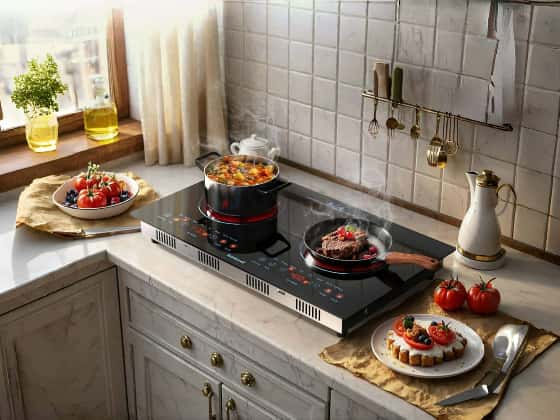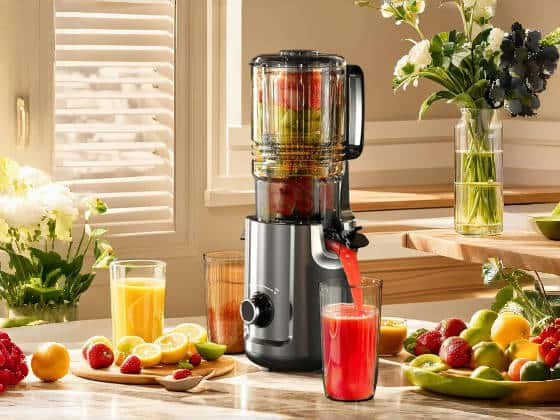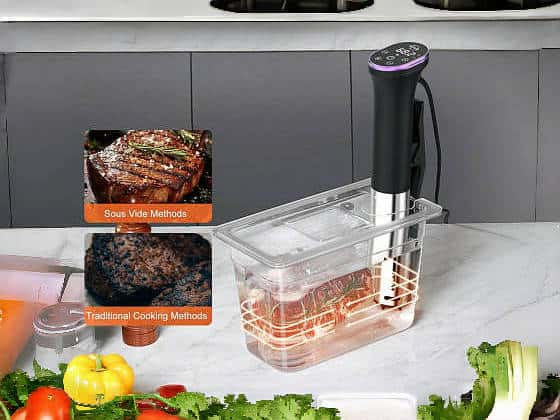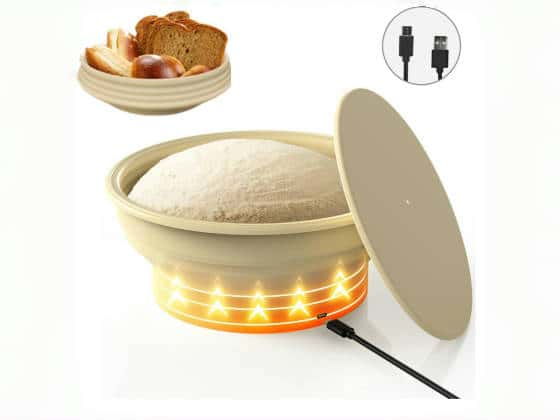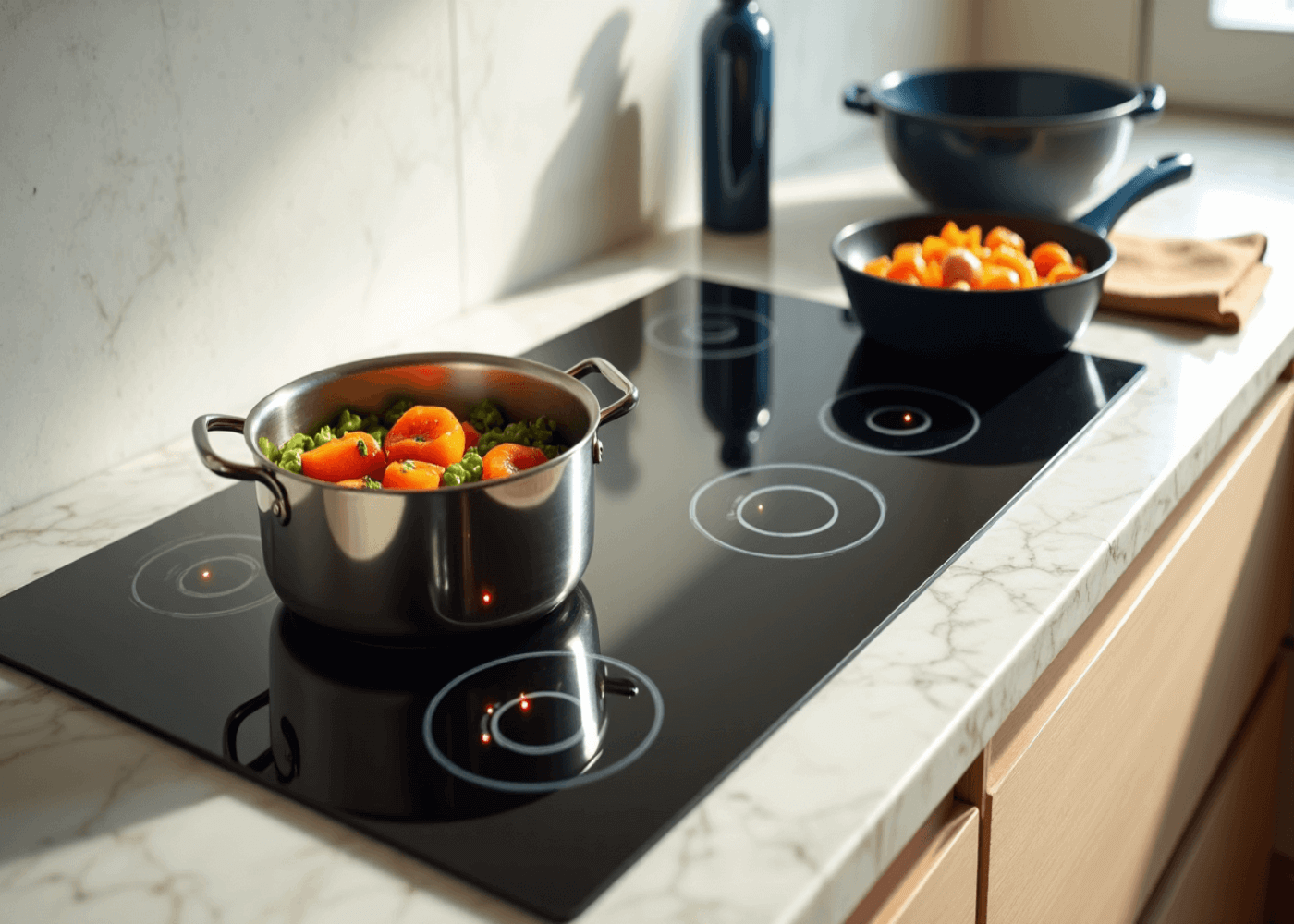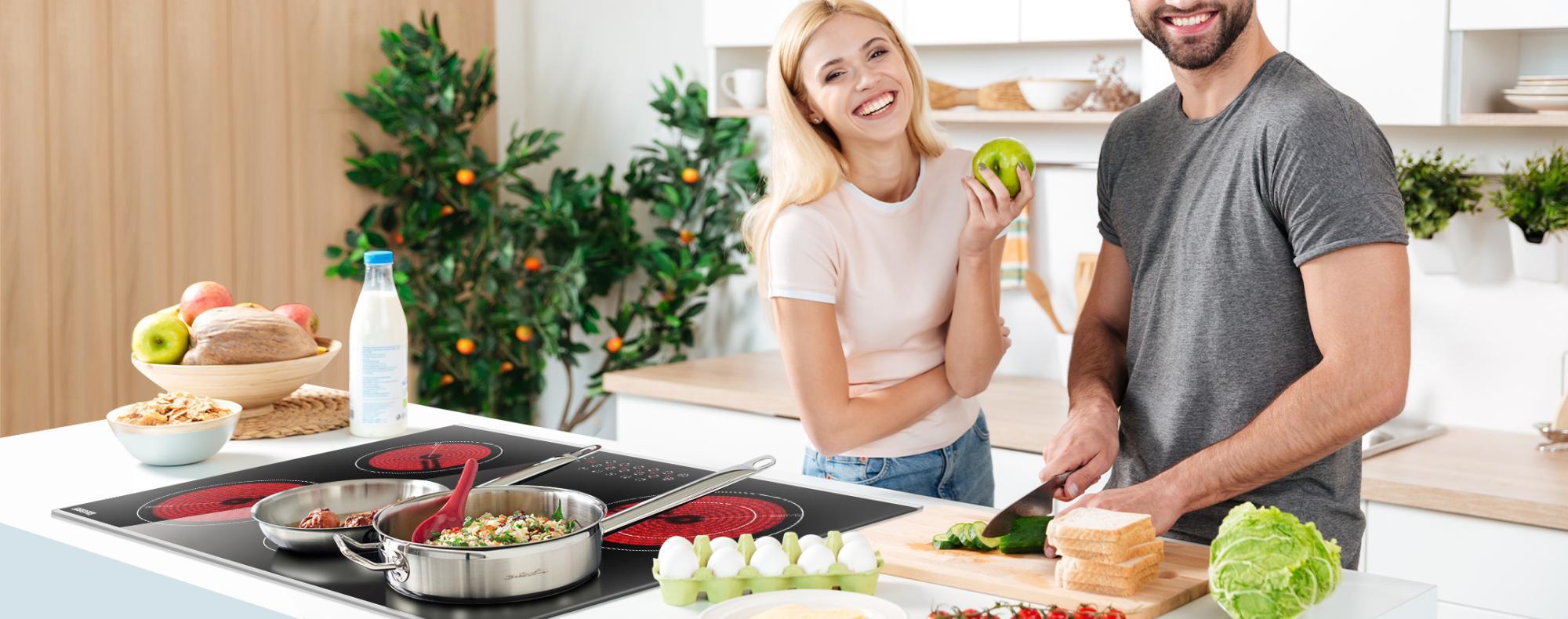
Introduction to Electric Bread Proofing: A Game-Changer for Home Bakers
As an avid home baker, I've always been looking for ways to improve my bread-making skills. When I discovered electric bread proofing, I felt like I'd discovered a hidden gem. This novel process has transformed the way I approach bread baking, and I'm eager to share my findings with other aficionados.
Electric bread proving is a technique that use regulated heat to provide the ideal atmosphere for dough to rise. It's a game changer since it eliminates the guesswork in proofreading, resulting in reliable outcomes every time. Gone are the days of dealing with variable room temps or looking for that elusive warm place in your kitchen.
In this complete introduction, we'll look at the world of electric bread proving, with an emphasis on two crucial tools: the electric bread warmer and bread proofing basket. These gadgets work together to provide the optimal circumstances for your dough to rise to perfection. Whether you're an experienced baker or just starting out, this book will help you master the art of electric bread proving and take your baking to the next level.
Exploring Electric Bread Warmers: Features and Benefits
Electric bread warmers are ingenious devices designed to provide a controlled environment for dough proofing. These compact appliances typically feature a temperature-controlled chamber where you can place your dough to rise. The key advantage of an electric bread warmer is its ability to maintain a consistent temperature, which is crucial for optimal yeast activity and dough development.
When shopping for an electric bread warmer, there are several features to consider:
- Temperature Control: Look for a model with adjustable temperature settings, ideally ranging from 70°F to 90°F (21°C to 32°C).
- Capacity: Consider the size of the proofing chamber and ensure it can accommodate your typical batch sizes.
- Humidity Control: Some advanced models offer humidity control, which can be beneficial for certain types of bread.
- Timer Function: A built-in timer can help you keep track of proofing times and alert you when the process is complete.
- Visibility: A clear lid or window allows you to monitor your dough without opening the chamber and disturbing the environment.
The benefits of using an electric bread warmer are numerous. Firstly, it eliminates the need to find a warm, draft-free spot in your kitchen for proofing. This is particularly advantageous in colder climates or during winter months when maintaining a consistent room temperature can be challenging. Secondly, the controlled environment leads to more predictable and consistent results, allowing you to fine-tune your recipes with greater precision.

Bread Proofing Baskets: The Perfect Companion for Your Electric Warmer
While an electric bread warmer provides the ideal environment for proofing, a bread proofing basket (also known as a banneton or brotform) is an essential tool for shaping and supporting your dough during the rising process. These baskets are typically made from natural materials like rattan or wood pulp and come in various shapes and sizes.
Here are some key points to consider when selecting a bread proofing basket:
- Material: Traditional baskets are made from rattan, which imparts a beautiful spiral pattern on the dough. Alternatively, wood pulp baskets are more durable and easier to clean.
- Size: Choose a basket that matches the size of your typical loaves. Common sizes range from 8 to 10 inches in diameter.
- Shape: Round and oval shapes are most common, but you can also find rectangular or specialty shapes for specific bread types.
- Liner: Many baskets come with removable linen liners, which can be helpful for high-hydration doughs that tend to stick.
Using a proofing basket in conjunction with your electric bread warmer offers several advantages:
- Shape Retention: The basket helps maintain the shape of your dough during proofing, resulting in a more aesthetically pleasing final product.
- Moisture Balance: The porous nature of the basket material allows for some air circulation, preventing excessive moisture buildup.
- Traditional Aesthetics: The spiral or linear patterns left by the basket add a professional, artisanal touch to your homemade bread.
- Versatility: Proofing baskets can be used for both the final proof and overnight refrigerated proofs, adapting to various bread-making techniques.
Step-by-Step Guide to Using an Electric Bread Warmer and Proofing Basket
Now that we've explored the benefits of electric bread warmers and proofing baskets, let's dive into a step-by-step guide on how to use these tools effectively. Follow these instructions to achieve perfectly proofed dough every time:
-
Prepare Your Dough:
- Mix and knead your dough according to your recipe.
- Perform any initial bulk fermentation as required.
-
Shape Your Dough:
- Gently shape your dough into the desired form for your final loaf.
- If using a proofing basket, lightly dust it with flour to prevent sticking.
-
Transfer to the Proofing Basket:
- Carefully place your shaped dough into the floured proofing basket, seam side up.
- If your basket has a liner, use it for easier removal later.
-
Set Up Your Electric Bread Warmer:
- Plug in your electric bread warmer and set the desired temperature (typically between 75°F and 85°F or 24°C and 29°C).
- If your warmer has a humidity control feature, set it according to your recipe or preference.
-
Place the Basket in the Warmer:
- Gently transfer the proofing basket containing your dough into the electric bread warmer.
- Close the lid or door to maintain the controlled environment.
-
Set the Timer:
- Refer to your recipe for the recommended proofing time.
- Set the timer on your electric bread warmer or use a separate kitchen timer.
-
Monitor the Proofing Process:
- Periodically check on your dough through the viewing window, if available.
- Look for signs of proper proofing, such as increased volume and a slight spring when gently poked.
-
Prepare for Baking:
- When the proofing is complete, preheat your oven as per your recipe.
- Carefully remove the proofing basket from the electric warmer.
-
Transfer and Bake:
- Gently turn out the proofed dough onto a baking sheet or into a preheated Dutch oven.
- Score the dough as desired and bake according to your recipe instructions.
To be continued
Thank you for reading this article! This is just the first part of our in-depth discussion on electric bread fermentation technology. In the following articles, we will continue to explore more related topics, including:
- The best fermentation temperature and time for different dough types
- Advanced functions and usage tips of electric fermentation boxes
- Professional bakers’ opinions and suggestions on electric fermentation technology
- Taste comparison experiment of electric fermentation and traditional methods
- Stay tuned for the next article, we will bring you more exciting content!

